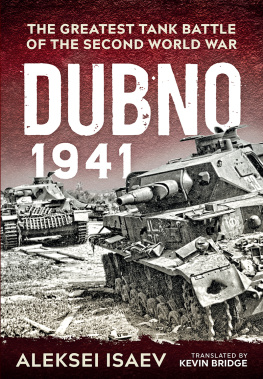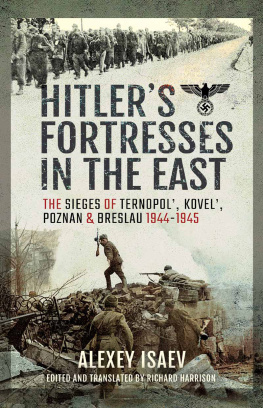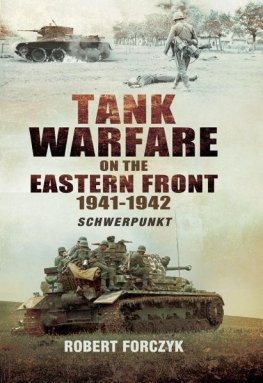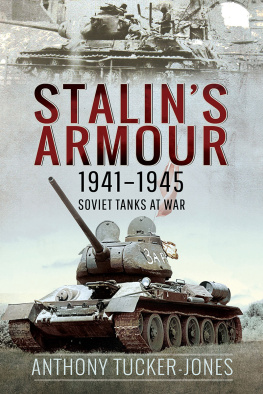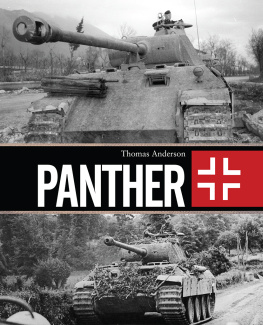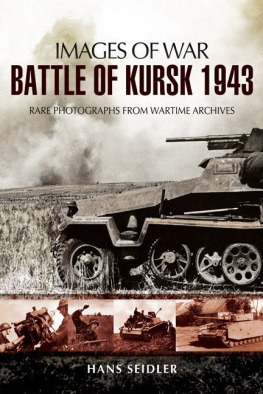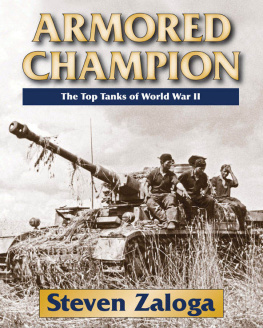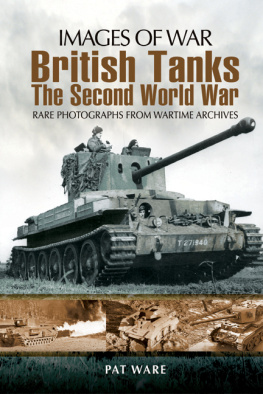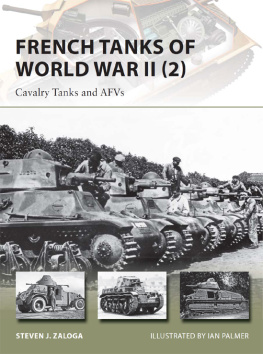
In June 1941 during the first week of the Nazi invasion of the Soviet Union the quiet cornfields and towns of Western Ukraine were awakened by the clanking of steel and thunder of explosions; this was the greatest tank battle of the Second World War. About 3,000 tanks from the Red Army Kiev Special Military District clashed with about 800 German tanks of Heeresgruppe South. Why did the numerically superior Soviets fail? Hundreds of heavy KV-1 and KV-2 tanks, the five-turreted giant T-35 and famous T-34 tanks all failed to stop the Germans. Based on recently released archival sources, Alexei Isaev describes the battle from a new point of view: that in fact its not the tanks, but armored units, which win or lose battles. During the Blitzkrieg era the Germans had a superior T&OE for their armoured forces. The German Panzer Divisions could defeat their opponents not by using tanks, but by using artillery, which included heavy artillery, motorized infantry and engineers. The Red Armys armored unit the Mechanized Corps had a lot of teething troubles, as all of them lacked accompanying infantry and artillery. In 1941 the Soviet Armored Forces had to learn the difficult science and mostly art of combined warfare.
Isaev traces the role of these factors in a huge battle around the small Ukrainian town of Dubno. Popular myths about impregnable KV and T-34 tanks are laid to rest. In reality, the Germans in 1941 had the necessary tools to combat them. The author also defines the real achievements on the Soviet side: the Blitzkrieg in the Ukraine had been slowed down. For the Soviet Union, the military situation in June 1941 was much worse than it was for France and Britain during the Western Campaign in 1940. The Red Army wasnt ready to fight as a whole and the border districts armies lacked infantry units, as they were just arriving from the internal regions of the USSR. In this case, the Red Army tanks became the Iron Shield of the Soviet Union; they even operated as fire brigades. In many cases, the German infantry not tanks became the main enemy of Soviet armored units in the Dubno battle. Poorly organized, but fierce, tank-based counter-attacks slowed down the German infantry -and while the Soviet tanks lost the battle, they won the war.
Aleksei Isaev was born in 1974. Since 2004 he has written approximately 20 books on the history of the Eastern Front in the Second World War, with a particular emphasis on the events of 1941 and Stalingrad. His particular research interest today is the wars final period. During 2007-2010, he worked as an academic scholar in the Russian Ministry of Defenses Institute of Military History. He was a contributor to the new 12-volume official Russian history of the war. Thanks to the opening of the previously-classified military archives in Russia, he has undertaken a lot of work with the wars documents as an independent scholar.
Kevin Bridge BA MCIL is a Russian to English translator / editor specialising in Aviation & Aeronautics and Russian translation for the publishing sector. He has been working as a translator since October 2007 and to date he has translated 12 books, which have either been serialised in an historical aviation journal, or have been published by leading military history and academic publishers. He has also acted as an interpreter for Russian and Western aircrew at aviation events such as the Farnborough Airshow. He gained a BA Degree in Russian & Soviet Studies from the University of Portsmouth in 1998 and has travelled extensively in Russia. He also worked for a period of five years as a Russian linguist before embarking on translation. He joined the Chartered Institute of Linguists in March 2012 as a full Member (MCIL) and was elected to the Board of Trustees of the Russian Aviation Research Trust (RART), in view of his translation work and Russian language skills in September 2013. Further details about his work can be found via www.bridge-translation.com .
DUBNO 1941
The Greatest Tank Battle of the Second World War
Aleksei Isaev
Translated by Kevin Bridge BA MCIL
Helion & Company Limited
Unit 8 Amherst Business Centre
Budbrooke Road
Warwick
CV34 5WE
England
Tel. 01926 499 619
Fax 0121 711 4075
Email:
Website: www.helion.co.uk
Twitter:
Visit our blog http://blog.helion.co.uk/
Published by Helion & Company 2017.
Designed and typeset by Mach 3 Solutions Ltd ( www.mach3solutions.co.uk )
Cover designed by Paul Hewitt, Battlefield Design ( www.battlefield-design.co.uk )
Text and photographs Aleksei Isaev 2017. English edition translated by Kevin Bridge BA MCIL
Helion & Company Limited 2017.
Maps drawn by George Anderson Helion & Company Limited 2017.
Originally published as Dubno 1941: Velichaysheye Tankovoye Srazheniye Vtoroy Mirovoy [Dubno 1941: The Greatest Tank Battle of World War II] (Moscow: EKSMO, 2009).
Every reasonable effort has been made to trace copyright holders and to obtain their permission for the use of copyright material. The author and publisher apologize for any errors or omissions in this work, and would be grateful if notified of any corrections that should be incorporated in future reprints or editions of this book.
ISBN 978-1-911628-43-9
eISBN 978-1-912866-97-7
British Library Cataloguing-in-Publication Data.
A catalogue record for this book is available from the British Library.
All rights reserved. No part of this publication may be reproduced, stored in a retrieval system, or transmitted, in any form, or by any means, electronic, mechanical, photocopying, recording or otherwise, without the express written consent of Helion & Company Limited.
For details of other military history titles published by Helion & Company Limited contact the above address, or visit our website: http://www.helion.co.uk .
We always welcome receiving book proposals from prospective authors.
List of Photographs
A map of the Panzerstrassen (Tank roads) used by the Panzergruppe 1 . A large number of the techniques that the tank formations of the Wehrmacht employed required them to choose highways with hard surfaces for their mobility and infantry were forbidden to use Panzerstrassen . These were selected in the territory of the USSR ahead of time.
A diagram of the armour piercing capabilities of the German anti-tank armament (NARA). What is evident is that at short distances the 50mm sub-calibre rounds gave an advantage known as eight-eight. Despite the absence of information about the Soviet tanks the Germans already had the means to hit them.
A German Pz.III tank, fitted with a 37mm gun, on the move. Judging by the symbols on the front plate of the main body, this tank belongs to the 9th Panzer Division .
18) Hitlers speech to the soldiers of the eastern front. It was from these printed sheets that the commanders of the companies would take their speech to the soldiers, who a few hours later would be called upon to fire the first shots in the war with the USSR.
German Pz.IV s of the 4th Company, 36th Panzer Regiment , 14th Panzer Division in Western Ukraine, 1941.
A Pz.III tank (with a 50mm gun), and a Pz.IV tank of the German 11th Panzer Division identified by the units insigniaa ghost with a sword.
Tanks of the 11th Panzer Division on the battlefield. An officer is observing the battlefield through a stereo-telescope. Careful preparation for a tank attack ensured success for the German tank forces.

